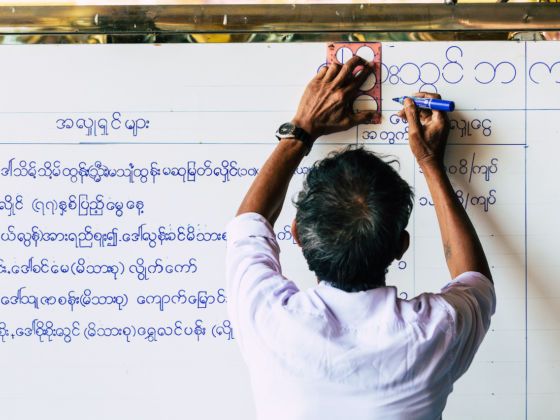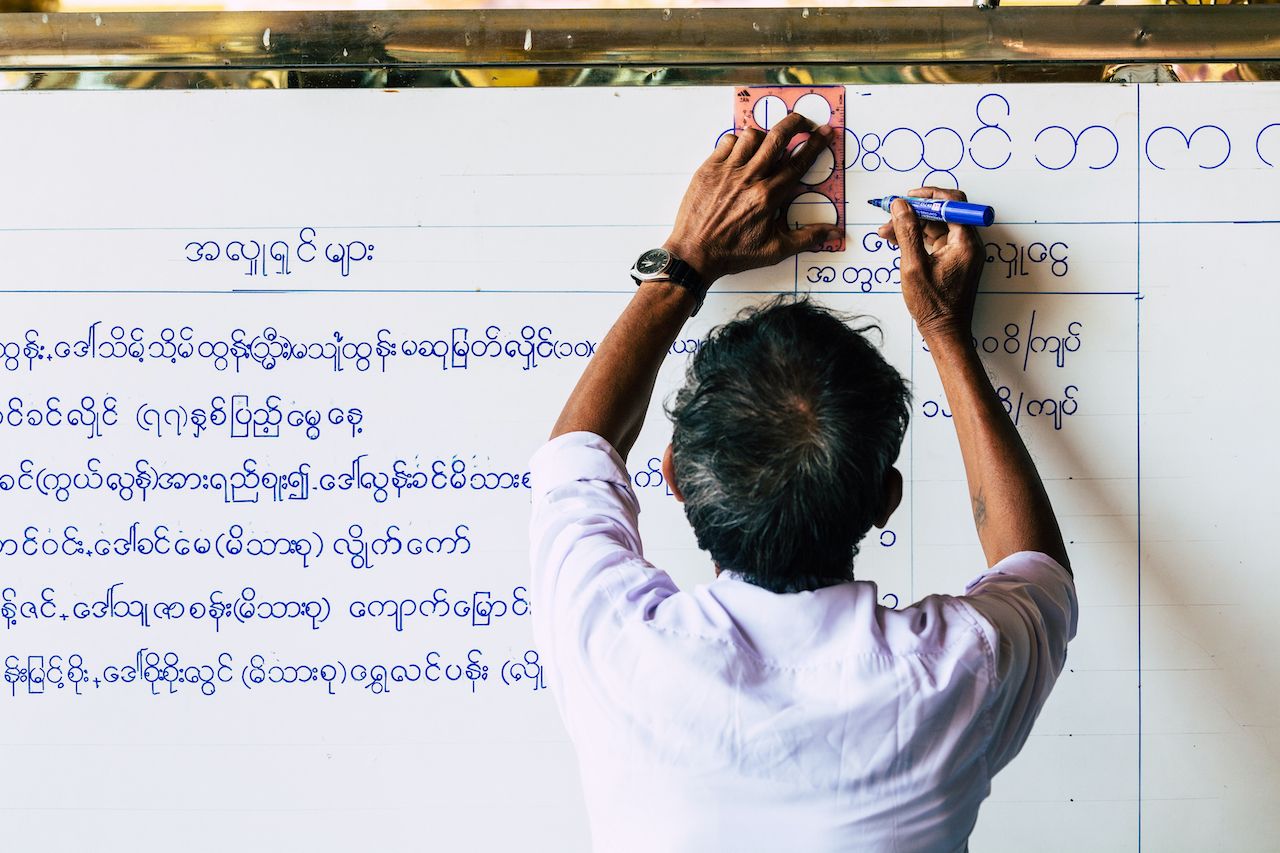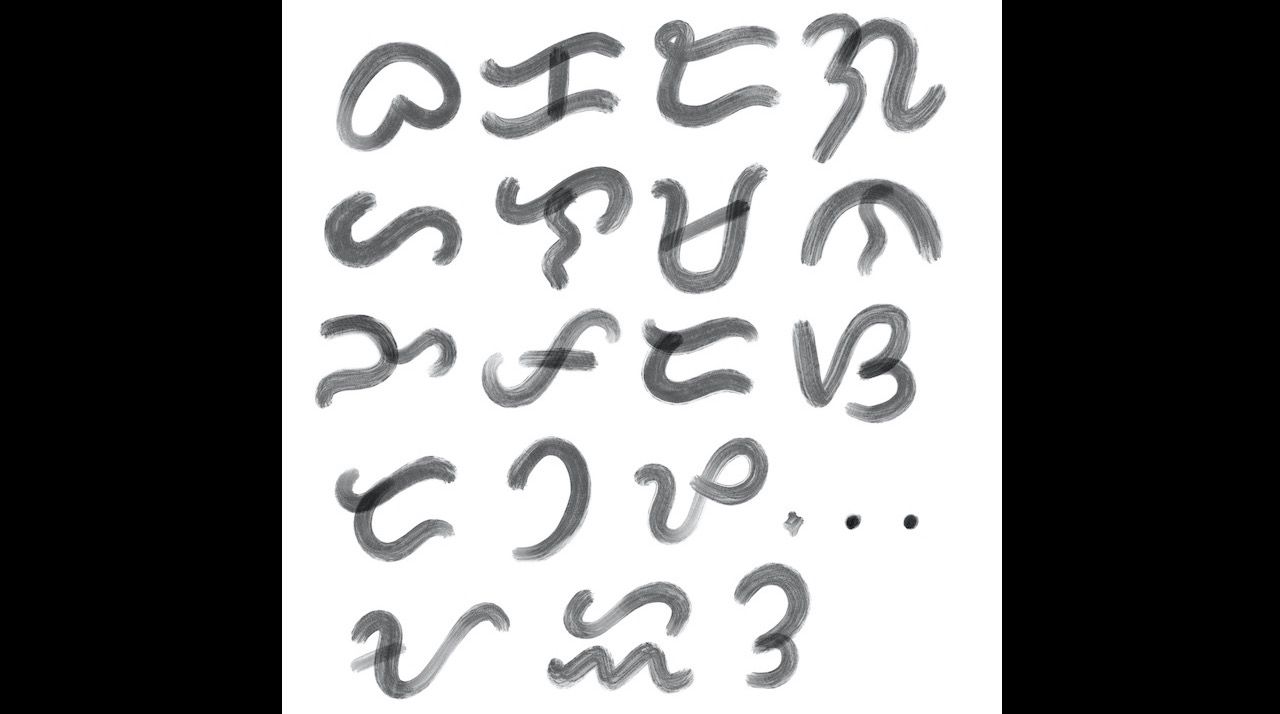Since the birth of the Phoenician alphabet in the eighth century, countless writing systems from different languages and cultures have evolved, thrived, becomed beautiful alphabets… and perished. Egyptian hieroglyphics are a classic example. To this day, we have yet to fully decipher the beautiful ancient alphabet.
Over the last 2,500 years, the Latin alphabet has become so ubiquitous that it’s swept away many of the writing systems used before the Roman Empire reshaped the globe. Yet, while the exact number is difficult to calculate, hundreds of alphabets exist today. Some even double as works of art. Below are five of the most aesthetically pleasing scripts in the world — and the reasons why you’re probably never going to read them.





